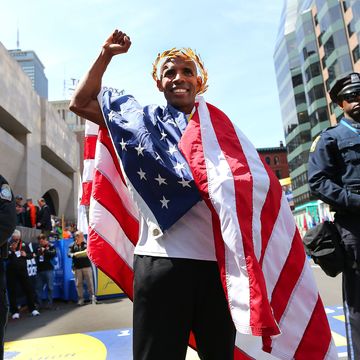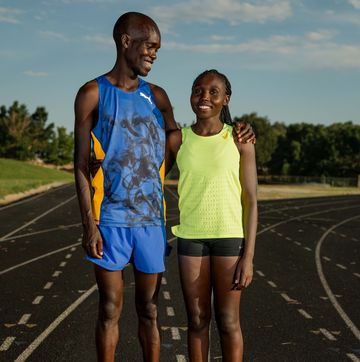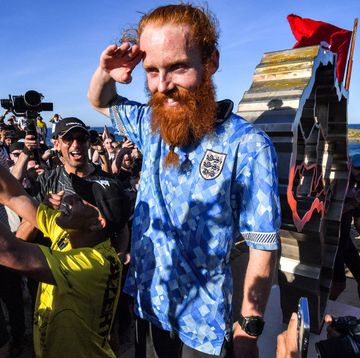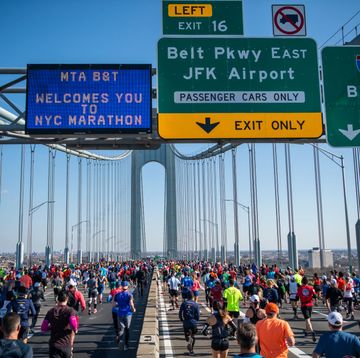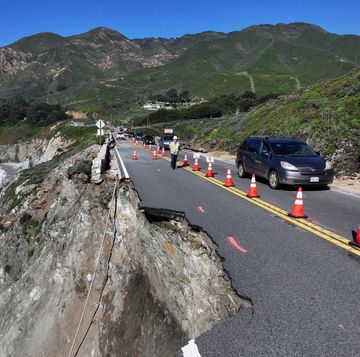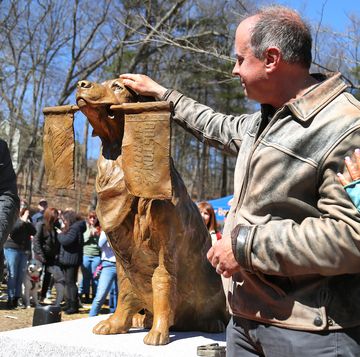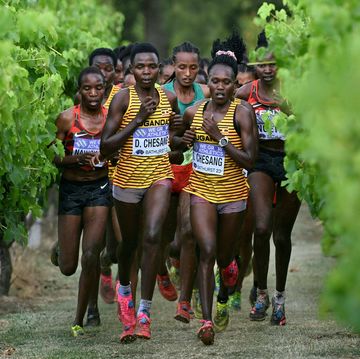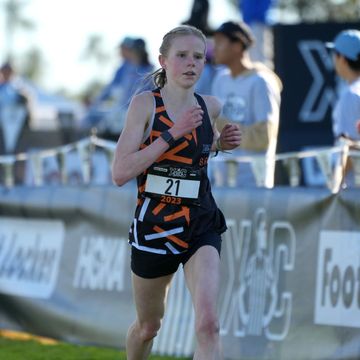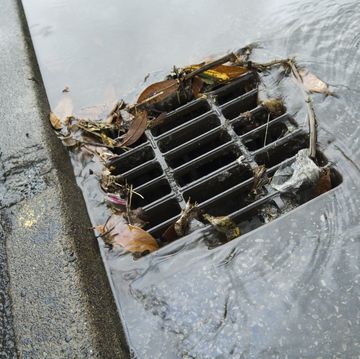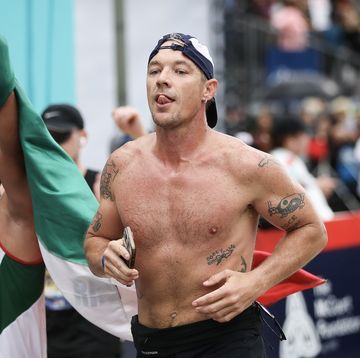The first time Scott Traer earned a spot on the U.S. squad for the 24-Hour World Championships, he had to turn it down. It was 2013, and USA Track & Field wasn’t paying travel expenses for the athletes.
Ten years later, not much has changed.
By virtue of his performance at the 2021 Desert Solstice in Phoenix—Traer ran 152.363 miles in 24 hours—he was again offered a spot on the team this year for the World Championships, which will be held December 2–3 in Chinese Taipei. The U.S. sends six men and six women to the World Championships based on their best race result during a two-year qualifying period.
Traer is fourth on the men’s list. But USATF still does not cover travel.
The budget for the entire team—12 athletes, two managers, and a physician—is $15,000. The managers and physician will have their travel covered. What’s left over will be divided amongst the athletes, and will likely come out to between $600 and $700 apiece.
Traer estimates his travel costs will be anywhere from $3,000 to $4,000 for flights and five nights in a hotel, plus ground transportation to the event.
“I’ve worked my butt off for so long,” said Traer, 42, who is also a race director and owns a coaching business. “It’s so upsetting to me. This is how USATF is treating the athletes? I can’t wrap my head around it.”
His teammates agree. Aly Allen first qualified for the team in 2015, and she had individual sponsors at that time who helped pay her travel. Now, she lives on Barbados with her husband and three young daughters, and she works part time, researching Saharan dust that travels to the island. Her husband works for the local meteorological institute. The travel expenses will be a big hit to the family budget.
“It feels really selfish to take that amount of resources just so I can go run for 24 hours,” she said.
Others, like Nick Coury and Chad Lasater, have full-time jobs. Coury, the American record holder in the 24-hour event, is a software engineer at Google, and Lasater is a chemical engineer in Houston. They can pay their own way, but for Lasater, that raises questions about the strength of the U.S. contingent.
“As a country, we want to send our best athletes to the world championships, not just the best athletes who can afford to go,” he said.
Bureaucratic wrangling
Mountain, ultra, and trail, referred to as MUT, are one subdivision within USATF, and they’ve long been the stepchild in the organization. Part of that has to do with how those events are classified globally.
They’re not events in the Olympics. And competitions like the World 24-Hour Championships fall under the International Association of Ultrarunners, which is a partner to World Athletics, but not under the jurisdiction of World Athletics. The same goes for mountain and trail world championships, which are put on by the World Mountain Running Association.
“While World Athletics [WA] recognizes these disciplines under its patronage, the respective Championships are not currently part of the World Athletics Series,” Aarti Parekh, a USATF spokesperson, wrote in an email to Runner’s World. “If, and when, WA so recognizes the sport, USATF will move forward with the full funding of MUT international teams.”
USATF has increased the funding for MUT teams to $110,000 per year, according to Nancy Hobbs, who is the chair of the MUT Council for USATF. That has grown from zero in the 20 years that Hobbs has been involved with the sport and has held her volunteer position with USATF.
At the same time, the MUT events have grown in the U.S.—and some of the biggest names have done the 24-hour championships. Courtney Dauwalter, who won three of the world’s most famous 100-mile races in a row this year, was on the team in 2019, finishing 12th. Camille Herron, who set a world record this year in the 48-hour event, won the women’s 24-hour world race handily in 2019, the last year the competition was held. She’ll be back on the team this year. The U.S. men’s and women’s squads are traditionally very competitive.
The $110,000 budget, though, has to be spread among six different MUT teams, which compete in championships, often internationally, either annually or every other year. The funds are also used for drug testing at national events, Hobbs said.
What rankles with the MUT athletes is that Nike is the sponsor of all the international teams for USATF, so athletes wear the Nike uniform during athlete competition. This is the same way it works for events on the track—if an athlete has a sponsorship from New Balance and they make the Olympic team, they wear a Nike uniform during competition.
But unlike track athletes, MUT athletes don’t have their travel covered or prize money provided by USATF. Throw in the eye-opening compensation packages of USATF’s top executives—Twin Cities Race Director Defends Canceling, while COO Renee Washington earned more than $1.6 million—and many people feel they have reason to grumble.
Scraping together dollars
Meanwhile, the 24-hour team’s manager, Pam Smith, herself an accomplished ultra runner and a retired physician, is spearheading fundraising efforts.
In past years, a team manager sold ice bandanas to raise money for the team. Smith, who likes to cook and has a big garden, hosts multi-course dinners for 18 people at her house in Salem, Oregon, and asks guests to contribute $100 apiece to go to the team.
“It’s ridiculous I’m having to fundraise and shuffle $500 to these athletes so they can make it to the World Championships, when they’re some of the the best in the world,” Smith said.
Her latest fundraising idea is soliciting recipes from the ultra athletes to make a cookbook she can sell.
“This sounds so insane to me,” Traer said.
Camille Herron Shatters 48-Hour World Record petition to bring awareness to the issue, Traer refuses to launch a GoFundMe or participate in other forms of fundraising—especially when he’s required to be at a certain hotel for a certain number of nights, be available to the media, and wear a Nike logo on his chest as a condition of being on the team.
“I don’t think it’s the public’s responsibility, or my friends’ and family’s responsibility, to get the athletes who are representing Team USA and Nike to the event,” he said. “It’s Nike and Team USA’s responsibility. We’re not asking for the athletes to be paid. We’re asking for the costs to be covered.”
Later, in an email, he further clarified his position.
“If USATF and their sponsors, Nike, Toyota, Hershey, and others, do not have the funding to get their athletes and representatives to their events,” he wrote, “then perhaps they need to find more funding or look at where their sponsor dollars are going.”

Sarah Lorge Butler is a writer and editor living in Eugene, Oregon, and her stories about the sport, its trends, and fascinating individuals have appeared in Runner’s World CA Notice at Collection, Run Your Butt Off! and Walk Your Butt Off!


